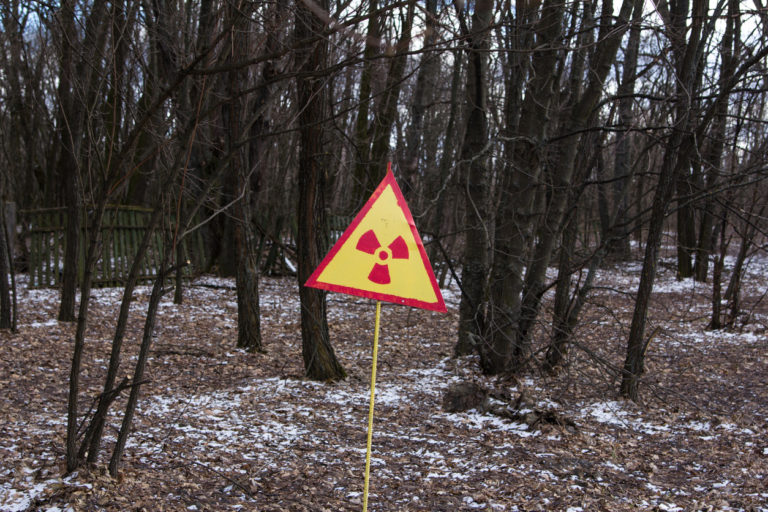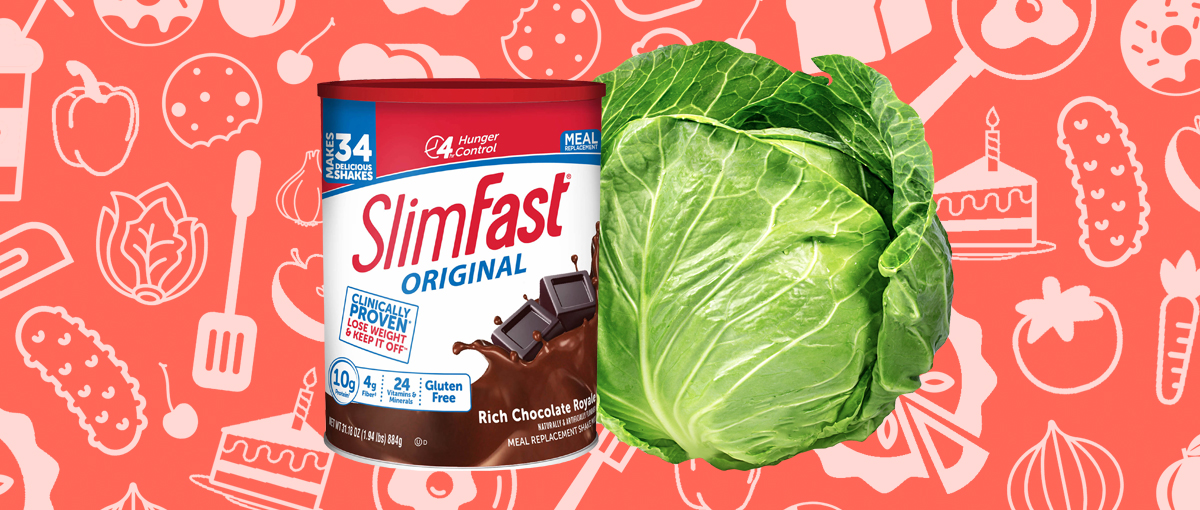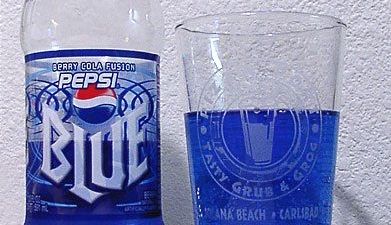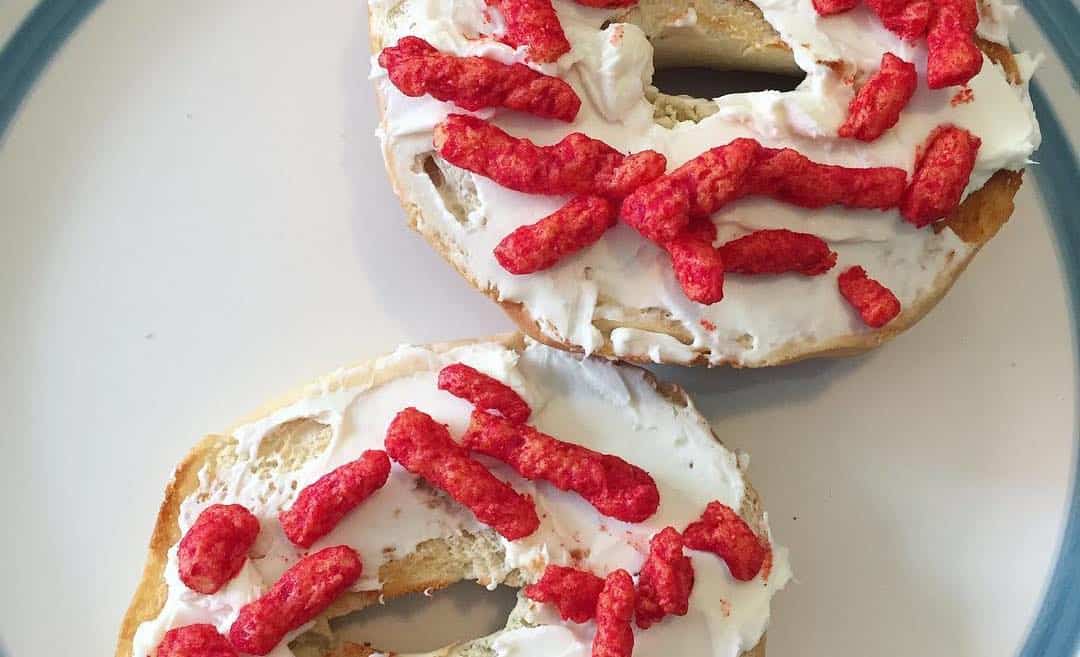Thirty-three years ago, on April 26th, 1986, tragedy hit Ukraine when a routine test at the Chernobyl power plant went terribly wrong. Explosions at the plant led to the release of massive quantities of radioactive substances that spread throughout the air, exposing 400 times more radiation than the atomic bomb dropped on Hiroshima in 1945. The nuclear accident led to an evacuation covering over 1,000 square miles of the power plant, causing citizens of the nearby city Pripyat to abandon their homes in hopes of limiting radioactive contamination.
According to History.com, radioactive substances spread for a period of ten days, but the effects of radiation last to this day. People’s health has suffered due to large amounts of radiation exposure, with some fighting cancer amongst other diseases. The Ukraine economy also took a hit — especially in terms of money spent on upkeep procedures and regulations to minimize contact with radioactive food. Soil, plants, and crops nearby were heavily contaminated, making it almost impossible for locals to live without coming into contact with radioactive substances. Some relocated, but many managed to go with life post-Chernobyl; unfortunately, sometimes it came with a cost.
Four thousand children later developed thyroid cancer from drinking contaminated milk.

After the accident at Chernobyl, there was an increase in thyroid cancer, especially among children and teens in the area.
According to the World Health Organization, the increase was due to the consumption of contaminated milk from cows that ate from pastures covered in radioactive iodine. Plus, because the citizens in the area already had iodine deficiencies, most of the radioactive iodine from the milk gradually gathered in the thyroid.
Mushrooms, berries, and game were (and still are) highly contaminated.
Forests took a huge hit after the accident, absorbing large amounts of radiocaesium.
There were especially high levels in mushrooms, berries, and game. However, not everyone had the luxury of staying away from them. Since mushrooms and berries were readily available in the forest, many people would still forage in the forest to eat what they could to survive — even if it meant eating contaminated food.
Despite being highly contaminated, the berry-picking business has picked up outside of Chernobyl.
Forests around Chernobyl are expected to be radioactive for years to come, but that hasn’t stopped locals from foraging.
In fact, locals have profited from picking berries, earning $20-$30 a day, according to Aeon. It’s boosted the Ukraine economy and has made the country one of the largest blueberry exporters in the European Union. And according to CNBC, “The World Health Organization and the International Atomic Energy Agency have said radiation levels in Polesia are too low to cause health problems other than a ‘slight rise in the chance of cancer.'” Good to know.
Reindeer meat was especially bad for locals post-accident.
Unfortunately, not all radioactive food led to a profitable business.
Reindeer meat, in particular, was highly contaminated because of radiocaesium in the food chain, going from lichen to reindeer to humans. The areas hit the hardest were in the Arctic and Subarctic areas, especially in Finland, Norway, Russia, and Sweden, according to the World Health Organization. The formed stated, “Because exposure from agricultural products has declined, the relative importance of exposure from forest products has increased and will only decline as radioactive materials migrate downward into the soil and slowly decay.” However…
Locals could only hunt and eat game during certain times of the year.
Hunting season also underwent changes following the explosion.
As if times weren’t tough enough for locals after Chernobyl, there were also heavy regulations on hunting season, which was scheduled when radiation was lower. However, similar to warnings to steer clear of highly contaminated mushrooms and berries, the restrictions tended to be disregarded by lower-income individuals and families looking for sustenance.
Fish contamination affected not only the locals, but the rest of Europe.
It was suspected that contamination in the waters of Europe would be diluted through natural processes.
However, the buildup of radioactive substances in the water and food chain led to increased amounts of radioactivity in fish. It didn’t just impact fish in Ukraine, but fish found as far as Germany and Scandinavia. As of now, the contamination of fish and waters is low except for certain areas. Closed lakes with no outflowing water are predicted to contain highly contaminated fish for decades.
A lot of the fish were contaminated, but some have grown to be absolutely gigantic.
[fm_youtube url="https://www.youtube.com/watch?v=3cEj8R5m3AI&feature=youtu.be"]There are legends of giant fish near Chernobyl, but some have been captured on video that would leave viewers shocked.
Catfish, in particular, have been spotted appearing as large as 800 pounds. People have suspected that how large Chernobyl catfish have grown is due to mutations from radiation contamination. But there’s a more realistic theory that the fish have grown so much and lived so long because there’s not much threat from natural predators. Makes sense, even though it would be pretty cool to have some X-Men catfish swimming around.
Animals by Chernobyl have been thriving since the people left.
Years after people have evacuated the area around Chernobyl, animals have taken over and seem to be doing much better than you would’ve expected.
According to a study conducted in 2016, researchers discovered that wildlife including boar, wolves, beavers, and bison are thriving at the Chernobyl Exclusion Zone where locals left their homes to minimize radiation exposure. That’s not to say radiation hasn’t harmed them in any way, but similar to the giant catfish, it goes to show just how much humans impact the wildlife around them.
Produce had to be handled very carefully.
And when we say very carefully, we mean very, very carefully.
To make sure the locals were consuming safe food, produce was transported to be tested in labs in sealed, airtight trucks. Although it was important for people to consume safe food, each type of produce had a threshold for how “clean” they could be before selling. Additionally, the produce couldn’t be sold in open-air markets to further avoid contamination.
There were very specific rules when it came to discarding contaminated food.

Though, these rules may not be a strict as you’d think.
When food was being sorted through, the food that was considered not safe to consume went through an entirely different process. Some regulations of contaminated food included milk being dried and powdered; berries turned into preserves; sugar beets turned into starch; and meat to be distributed evenly throughout sausages. If food was processed, it was to be stored until the radioactivity died down.
Regardless of what regulations were set in place, there was still an increase in radiation exposure.

Although the programs set in place to monitor locals’ food seemed successful, many were put to a halt for financial reasons, according to the Greenpeace report.
Rules aside, eating contaminated food also became part of many people’s lives. In the report, a single mother, Halina Chmulevych, who lives west of Chernobyl acknowledged that it’s still not easy to obtain food that’s completely radiation-free. “We have milk and bake bread ourselves — that yes, is with radiation,” Chmulevych said. “Of course, it worries me but what can I do?”
Chernobyl apples are radioactive, but they won’t necessarily kill you.
[fm_youtube url="https://www.youtube.com/watch?v=j6mreZ98_Ug&feature=youtu.be"]At least in small doses.
One woman, dubbed “bionerd23” on YouTube, posted several videos of her adventures exploring Chernobyl. In one video, she picked an apple off of a tree and took a big bite out of it. Naturally, many people commented thinking she was crazy, but she later came out with another video attempting to see just how radioactive the apple was. It turns out eating a radioactive apple was just an appetizer, as other videos show her radioactive spelunking and pouring liquid mercury over her hands.
“The typical day-long excursion through the Chernobyl Zone will convey about half of a chest x-ray even if you eat a bushel of apples along the way,” Ron Chesser, a professor of biological sciences at Texas Tech University, told Mental Floss. In other words, the apples aren’t as radioactive as one might think.
Program cuts put kids at even bigger risk of eating contaminated food.

In 2015, the Ukraine government cut the program that ensured children in schools would be fed clean food, the New York Post reported.
This affected 35,000 kids who then turned to eating contaminated food leftover from the initial nuclear accident. “Hot meals in the schools were the only clean food, which was tested for radiation, for the children,” teacher Natalya Stepanchuk told the New York Post. “Now the children have gone over to the local food, over which there is absolutely no control.”
Settlers moved back to the evacuation zone, and they aren’t afraid of the food there.

Decades after the explosion, a little over 1,000 people moved back to their homes near Chernobyl, according to Atlas Obscura.
Many of these people are older and moved back because they were no longer scared of the warnings of radiation. One couple who moved back, the Ivaniches, have made themselves comfortable drinking from a well outside of their house, eating their own crops, and hunting animals. Most of their diet consists of potatoes and wild mushrooms.
The Chernobyl area is home to a new farm, but not an agricultural one.
Since soil around Chernobyl was heavily contaminated, many of the farms had to be uprooted and removed.
Unfortunately, agriculture isn’t as abundant as it once was, but there’s a new type of farm that occupies the area by Chernobyl: a solar farm. According to Fortune, the solar farm opened in 2018 only 300-feet away from the original site of the nuclear disaster. “Ukraine has rapidly added renewable energy sources, however, with hundreds of megawatts of wind and solar power brought on line in 2018. The country now totals nearly 600 MW,” Fortune added. At least this land is being put to good use.








